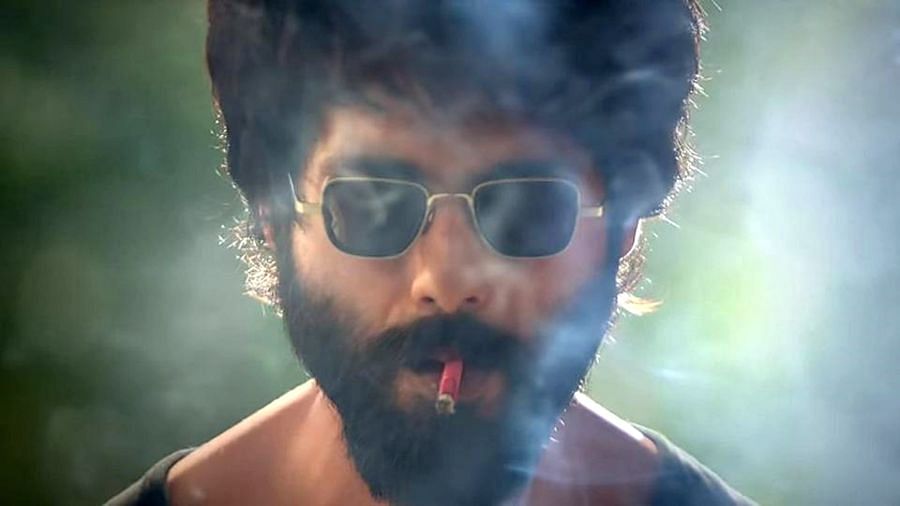For a large fraction of the Indian population, Bollywood is the go-to for entertainment. You have an array of genres to choose from -- drama, thriller, romance and comedy. However, one trend that remains constant across all these genres is Bollywood's portrayal of women.
Misogyny is deeply rooted in Bollywood cinema. Women are reduced to being a decorative prop to make the hero look good. The roles played by women are often hyper-sexualised and their bodies objectified. This is evident in Shahid Kapoor’s latest movie 'Kabir Singh', which promotes toxic masculinity. When it comes to the treatment of women, Bollywood needs a reality check.
Women have always been shown as distressed damsels or vamps in Bollywood. The distressed damsels are portrayed as morally 'proper' women who needs to be saved by the hero. On the other hand, the vamp is seen as a seductress, who momentarily distracts the hero. This remains the blueprint of today’s movies too, only with a few characteristic changes.
The morally-proper ‘sanskari’ girl falls within the stereotypical view of Indian society. This is the girl who respects her parents, dresses properly and is a ‘pativratha’. In contrast is the 'bad girl', the one who defies societal rules, who wears dresses and skirts and drinks or smokes. How many ever 'bad girl' the hero dates, he would always end up with the 'sanskari' girl at the end of the movie.
An apt example for this is the movie ‘Cocktail’, where Saif Ali Khan chooses the ‘sanskari’ Meera played by Diana Penty over Deepika Padukone’s character Veronica who is free-spirited. Veronica, in an attempt to win her hero over one last time, ditches her western outfit and wears a salwar kameez.
Women are mostly described with surface-level qualities, attractive and beautiful while men are shown as strong and successful.
Bollywood's idea of romance has serious problems. In ‘Kuch Kuch Hota Hai’, Kajol’s character is that of a tomboy, who has short hair and plays basketball. It is only when she shows up in a seductive saree and lets Shah Rukh Khan’s character win at basketball that she becomes worthy of his affection. In 'Dilwale Dulhania Le Jayenge’, Shah Rukh Khan's character sees no issue flirting with the character played by Kajol even after she asks him to stop. He also stalks her.
Stalking and eve-teasing are used to develop a romantic relationship with the characters. These methods adopted by Bollywood to portray women are not limited to the big screen, they have a social impact also. Due to this, in the real world, young men are harassing women in the name of love.
An integral part of all Bollywood movies is 'item songs' which has literally no connection with the plot. Gone are the days when actresses are made to wear white saris and dance under waterfalls. Now actresses, scantily clad, dance for a room full of men to songs with obscene lyrics or double entendre. The dance routine is a series of thrusting pelvises and heaving bosoms, while the camera glides down the body up close.
In a UN-sponsored global study conducted in 2014 of female characters in popular movies across the world, India's film industry ranked the highest in the objectification of women.
The problem of sexism is not just limited to the big screen, it goes behind the camera as well. There is a small percentage of women working as writers, directors, producers, lyricists and sound and light technicians.
The usual Bollywood trend is slowly changing with movies such as ‘Pink’, ‘Queen’, ‘Lipstick Under My Burkha’ that have strong female roles and a progressive approach towards women-centric subjects. These characters express their needs, both emotional and sexual, and do things to change their circumstance instead of just batting their eyelashes and submitting to the male character. Although these movies have not made it to the big blockbuster charts, it is a step in the right direction. Women have a long way to go to get their due in Bollywood.
